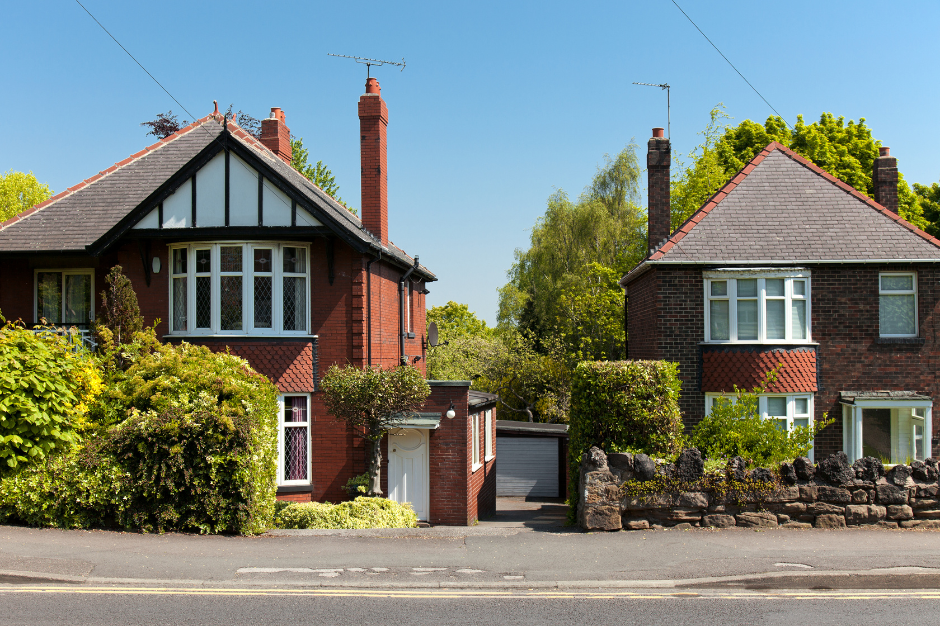- UK house prices have soared over the past decade, with few areas seeing a decline.
- The global pandemic has had both short and long-term effects on property prices.
The United Kingdom is known for its diverse and dynamic housing market, with prices that vary greatly depending on location, property type, and other factors. In recent years, the UK housing market has been marked by high demand and low supply, which has resulted in skyrocketing prices in some areas. In this article, we will take a closer look at the current state of house prices in the UK.
According to the latest data from the UK House Price Index, the average price of a house in the UK was £266,532 in January 2022. This represents a 9.1% increase from the same period the previous year. However, it’s worth noting that house prices can vary significantly between different regions and cities in the UK.
London, for example, has traditionally been one of the most expensive cities in the world to buy property. In January 2022, the average house price in London was £502,864, which was a 4.6% increase from the same period in 2021. Despite the pandemic and the introduction of stamp duty holiday and other government measures, London’s property market has remained relatively resilient due to high demand from both domestic and overseas buyers.
Outside of London, other cities in the UK have also seen strong growth in house prices in recent years. For example, the average house price in Bristol, one of the fastest-growing cities in the UK, was £316,240 in January 2022, an increase of 13.2% from the previous year. Manchester and Birmingham have also seen strong growth, with average house prices of £213,573 and £203,905, respectively.
In contrast, some areas of the UK have experienced slower growth or even declines in house prices. For example, in January 2022, the average house price in the North East of England was £140,150, which was a 1.5% decrease from the previous year. Other areas of the UK, such as Wales and Scotland, have also seen slower growth in house prices compared to other parts of the country.
One of the main factors driving up house prices in the UK is a shortage of supply. There simply aren’t enough homes being built to keep up with demand, particularly in areas with strong job markets and good transport links. This has led to fierce competition among buyers, which has pushed up prices in some areas. Additionally, the pandemic has led to a surge in demand for larger homes with outdoor space, as more people are spending time working and studying from home.
How did COVID-19 impact UK house prices?
The COVID-19 pandemic has had a significant impact on the UK housing market, with both short-term and long-term effects on house prices. Here are some of the ways in which COVID-19 has affected house prices in the United Kingdom:
- Initial dip in house prices: At the start of the pandemic in March 2020, there was a sharp drop in house prices across the UK. This was largely due to uncertainty in the market as a result of the pandemic and the introduction of the national lockdown.
- Stamp Duty Holiday: In July 2020, the UK government introduced a Stamp Duty Holiday, which temporarily suspended the tax on property purchases up to £500,000. This led to a surge in demand for properties, particularly in the higher end of the market, as buyers sought to take advantage of the tax break.
- Increase in demand for larger homes: With the pandemic forcing many people to spend more time at home, there has been an increased demand for larger homes with more outdoor space. This has led to a rise in prices for houses with gardens, balconies, and other outdoor amenities.
- Remote work and relocation: The pandemic has also led to an increase in remote work, which has allowed many people to relocate from major cities to more rural areas. This has led to a surge in demand for properties in these areas, which has driven up prices.
- Low supply: One of the biggest factors driving up house prices in the UK is a shortage of supply. The pandemic has disrupted the construction industry and slowed down the pace of new builds, exacerbating an already existing housing crisis in the UK.
Overall, the COVID-19 pandemic has had a mixed impact on house prices in the UK. While there was an initial dip in prices, the Stamp Duty Holiday and increased demand for larger homes has driven up prices in many areas. However, the pandemic has also highlighted the need for more affordable housing and increased supply, which may have a longer-term impact on house prices in the UK
In conclusion, the UK housing market is currently marked by high demand and low supply, which has led to strong growth in house prices in many areas of the country. However, there is significant regional variation in house prices, and some areas of the UK have seen slower growth or even declines in prices. As the pandemic continues to affect the economy and people’s lifestyles, it remains to be seen how the UK housing market will evolve in the coming years.
Moneyadviceexpert.co.uk is an independent platform and information service that aims to provide you with the tools you need to make smarter financial decisions. While we are independent, the offers that appear on this site are provided by companies from which moneyadviceexpert.co.uk receives compensation, though we never advertise or promote services or companies that we do not ethically support.

Landlords could face penalties of up to £30,000 for not complying with the new regulation.

The Government’s ECO4 scheme is funded by energy suppliers and regulated by Ofgem.

Following an investigation by the FCA, a high number of people in the UK are claiming car finance compensation.

With the average 2-year fixed deal almost tripling since December, experts predict more hikes are on the horizon.

Keep up to date...
Follow us online to keep up to date with what’s happening and stay one step ahead of the game.
Be the first to know
Join our mailing list and never miss an update!
By submitting, I agree to the privacy policy of this website.
